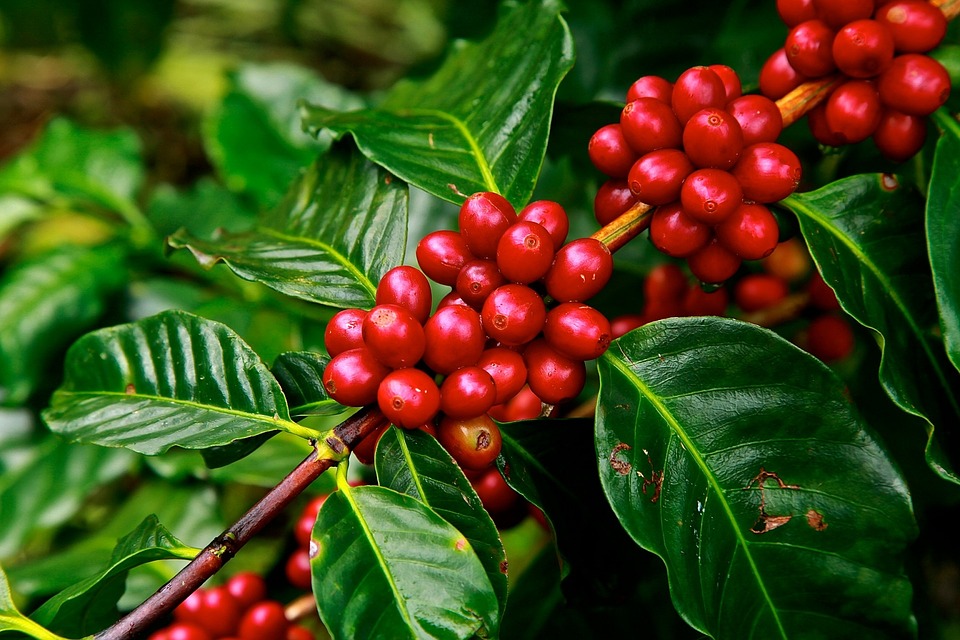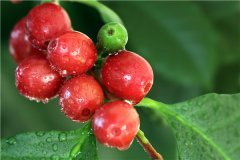In the face of many small producing areas of Yega Xuefei, how to select Yega Xuefei raw beans.
For professional baristas, please follow the coffee workshop (Wechat official account cafe_style)

In recent years, many emerging small producing areas or cooperatives in the Sidamo and Yegashev producing areas of Ethiopia will be sold in the international market under the name of their own cooperatives or farms, which shows confidence in their own coffee. Hope to establish brand and loyalty in the international coffee market, coffee farmers insist on collecting mature coffee beans and strictly handle every process. Both natural washing and natural tanning are outstanding, with an unexpected extremely fragrant aroma and excellent taste. I think this is why Ethiopian coffee is expected by coffee fans every year. For example, the Dutch government-assisted Red Cherry Project (Operation Cherry Red) impressed the world with the magnificent aroma of strawberry cookies in 2008 and Cambedo Manor in 2009, which has been reinforced by sun-dried beans produced in Ethiopia in recent years.
Ethiopian coffee grades G1, G2 are washed beans G1 belongs to the highest level of washed beans, G3 and G4 are sun beans G3 belongs to the highest level of sun-dried beans. There are five grades of raw coffee beans in Ethiopia. The number of defective beans with 300 grams as standard is as follows:
Grade1 0Murray 3
Grade2 4muri 12
Grade3 13Murray 25
Grade4 26Murray 45
Grade5 46muri 90
Ethiopia is the country where coffee was first discovered. Today, there is still a lot of wild coffee picked and used by farmers in the virgin forest. Ethiopia is a poor country. Drought? A country with constant civil war, but is still the most important coffee producer in terms of coffee quality and output. Ethiopian coffee can be divided into two treatments.
1. Natural washing treatment II. Natural sun treatment. In every producing area in Ethiopia today? Co-op? Even small coffee farms produce coffee beans of the above two treatments at the same time, whether in Taiwan's well-known Yegashev region or Sidamo province, not only in Ethiopia, where coffee is developing most rapidly, but also in different areas where coffee is treated differently, and the same treatment can also be adjusted in different ways to make aroma and taste different, often giving people the wrong impression. Yega Xuefei's sun beans are different from Sidamo's sun beans in aroma, but both retain water-washed coffee beans, fragrant temperature and low temperature. Citric acid is soft and low-key? The flavor consistency is high and the taste wins, while the coffee beans used in the sun have strong and conspicuous aroma. The weakness of citric acid is not obvious? The characteristic of complex and changeable flavor characterized by the aroma of flowers or fruit.
Important Notice :
前街咖啡 FrontStreet Coffee has moved to new addredd:
FrontStreet Coffee Address: 315,Donghua East Road,GuangZhou
Tel:020 38364473
- Prev

Espresso production process, technical parameters and the use of espresso etymology and terminology
Professional baristas please pay attention to the coffee workshop (Wechat official account cafe_style) Italian coffee (Espresso) is a beverage made by forcing near-boiling high-pressure water through coffee ground into fine powder. Espresso coffee is generally thicker than other methods and contains higher concentrations of suspended solids and dissolved solids, such as coffee fat on the surface.
- Next

What are the flavor characteristics of Sidamo coffee, which includes famous producing areas such as Yega Xuefei and Kirchell?
Professional barista exchanges please follow the coffee workshop (Wechat official account cafe_style) Ethiopia is the country where coffee was first discovered, coffee can be divided into two treatments. Washing treatment method II. Natural sun treatment. Nowadays, every cooperative or even a small coffee farm in Ethiopia produces coffee beans of the above two treatments at the same time, whether it is Yega, which is well known in Taiwan.
Related
- Beginners will see the "Coffee pull flower" guide!
- What is the difference between ice blog purified milk and ordinary milk coffee?
- Why is the Philippines the largest producer of crops in Liberia?
- For coffee extraction, should the fine powder be retained?
- How does extracted espresso fill pressed powder? How much strength does it take to press the powder?
- How to make jasmine cold extract coffee? Is the jasmine + latte good?
- Will this little toy really make the coffee taste better? How does Lily Drip affect coffee extraction?
- Will the action of slapping the filter cup also affect coffee extraction?
- What's the difference between powder-to-water ratio and powder-to-liquid ratio?
- What is the Ethiopian local species? What does it have to do with Heirloom native species?

